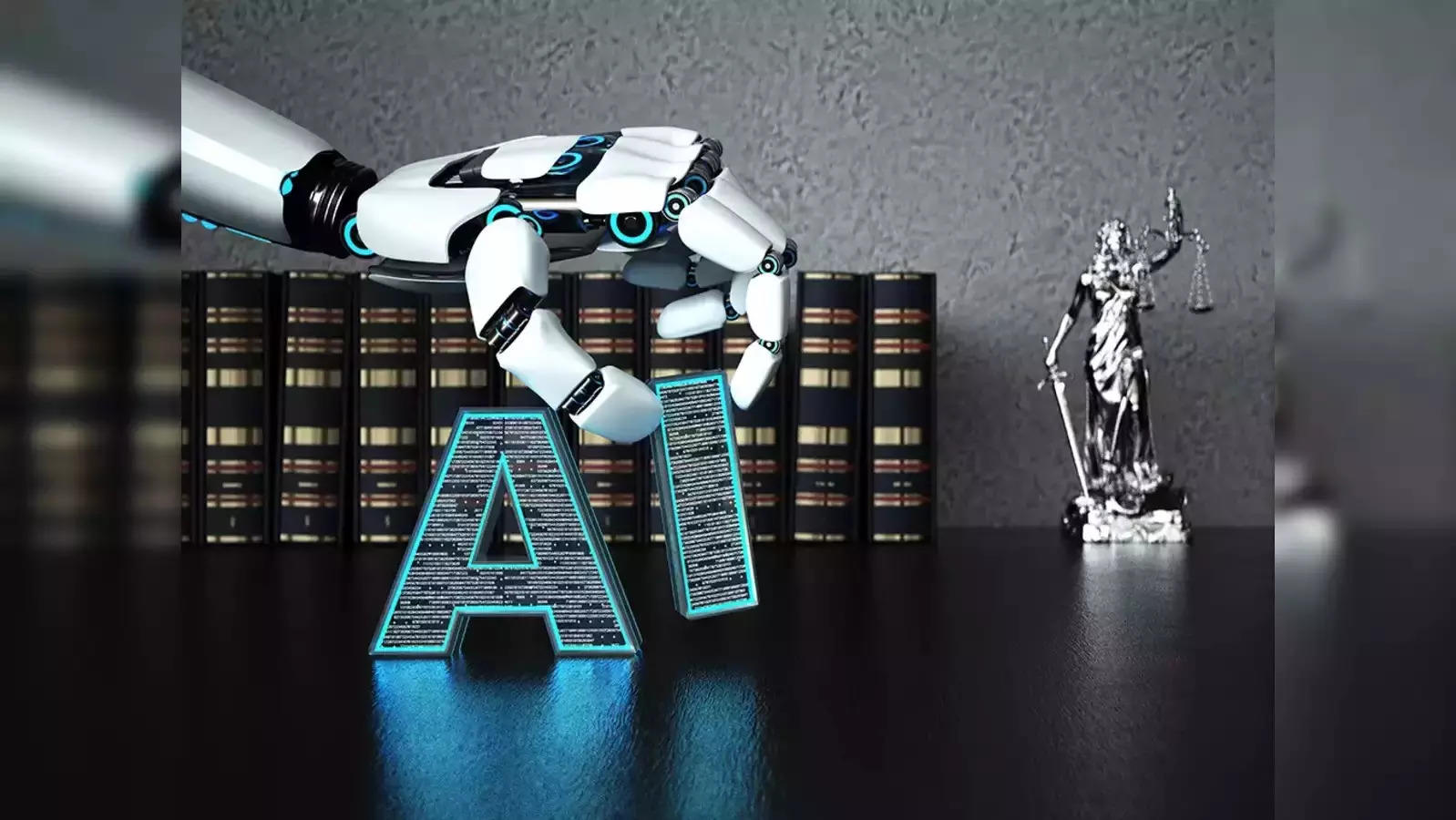Artificial Intelligence (AI): Unveiling The Power Of Hidden Artificial Intelligence Features in Education

Artificial intelligence (AI) involves machines replicating or augmenting human intellectual capacities, including reasoning and learning from experience. Although AI has been integral to computer programmes for years, its application has now expanded to various products and services.
Artificial Intelligence (AI) has made remarkable progress across diverse industries, transforming our lifestyles and professional landscapes. One area where AI has shown potential is education. While AI's impact on education is well-known, there is a subset of AI features that often go unnoticed – hidden AI features. These hidden features, embedded within educational platforms and tools, are quietly transforming the educational landscape, offering unprecedented opportunities for students and educators alike.
I. Enhancing Personalised Learning
Hidden AI features play a crucial role in advancing personalised learning experiences. By analysing vast amounts of data, AI algorithms can understand individual student needs, learning preferences and progress. These insights enable AI-powered educational platforms to tailor content, resources and assessments to each student's specific requirements. Personalised learning not only fosters a deeper understanding of subjects but also enhances student engagement and motivation.
II. Intelligent Tutoring Systems
One of the most compelling applications of hidden AI features in education is intelligent tutoring systems. These systems leverage AI algorithms to provide adaptive and interactive guidance to students. By analysing learner responses and behaviours, intelligent tutors can identify knowledge gaps, offer customised feedback and suggest targeted resources for improvement. This personalised approach of tutoring empowers students to learn at their own pace, filling in the gaps and promoting a deeper understanding of the material.
III. Automated Grading and Feedback
Grading a large number of assignments and providing timely feedback can be a daunting task for educators. Hidden AI features simplify this process through automated grading and feedback systems. AI algorithms can accurately evaluate assignments, essays and even subjective responses. This not only saves educators time but also ensures consistency in grading. Additionally, AI-powered feedback systems can provide detailed insights, highlighting areas of improvement and offering personalised suggestions for growth.
IV. Intelligent Content Recommendation
The vast amount of educational content available online can be overwhelming for students. Hidden AI features address this challenge by offering intelligent content recommendation systems. These systems analyse user preferences, past performance, and learning goals to suggest relevant and engaging educational resources. By curating personalised content, AI enables students to explore subjects in a more focused and efficient manner, promoting effective learning outcomes.
V. Early Detection of Learning Difficulties
Identifying and addressing learning difficulties early on is crucial for student success. Hidden AI features can assist in this aspect by monitoring student performance and behaviour patterns. AI algorithms can detect signs of struggling learners, such as decreasing engagement or declining grades, and alert educators to intervene promptly. By facilitating early intervention, AI helps ensure that students receive the necessary support and resources to overcome challenges and thrive academically.
VI. Data-Driven Decision Making
Hidden AI features empower educators and administrators with data-driven insights for informed decision-making. By analysing large datasets, AI algorithms can identify trends, patterns, and correlations that can inform curriculum design, teaching methodologies, and resource allocation. Data-driven decision-making enables educational institutions to optimise learning outcomes, identify areas for improvement, and provide targeted support where it is most needed.
Hidden artificial intelligence features have emerged as powerful tools within the realm of education. From personalised learning experiences to intelligent tutoring, automated grading, and data-driven decision-making, these features offer a range of benefits for both students and educators. As the educational landscape continues to evolve, embracing and harnessing the potential of hidden AI features will undoubtedly shape the future of education, enabling a more efficient, personalised, and effective learning environment for all.
Next Story